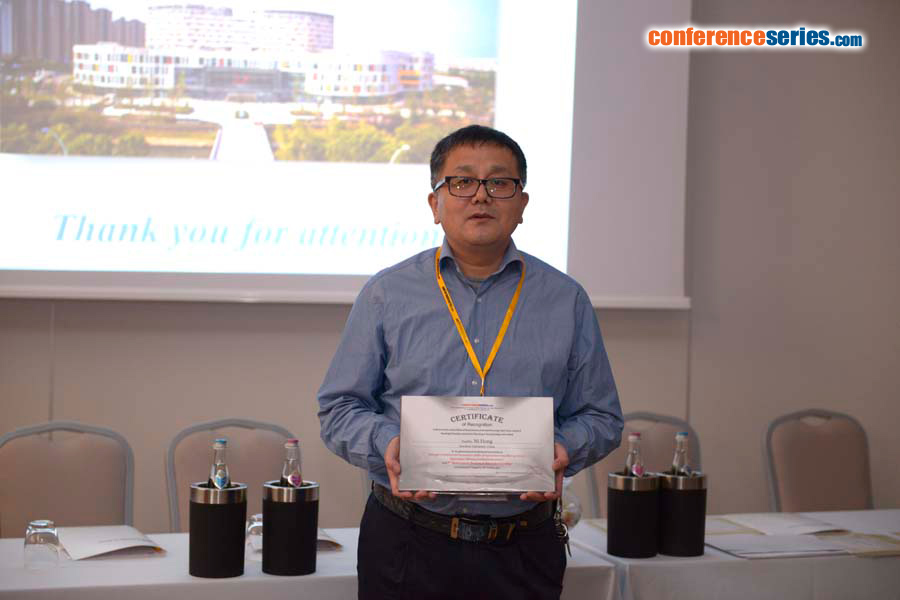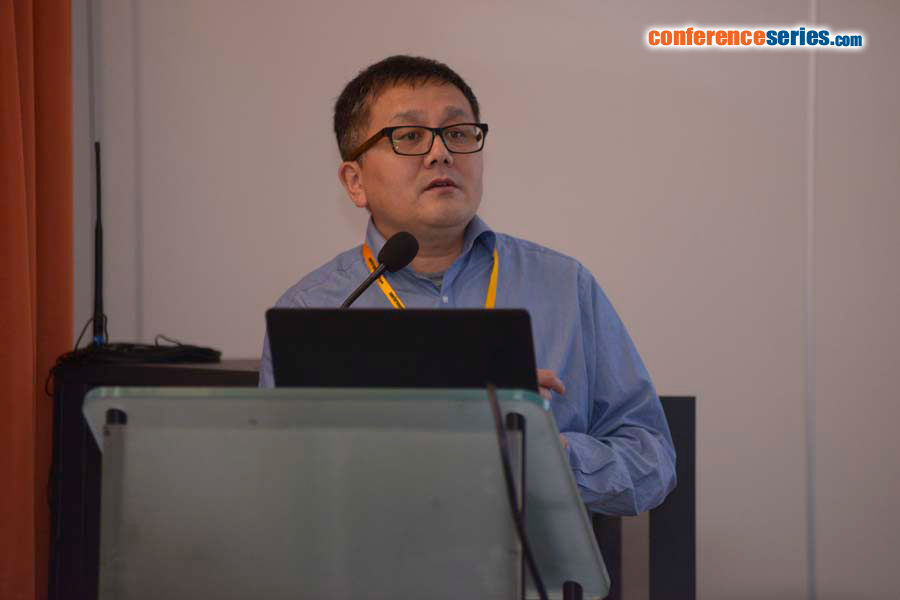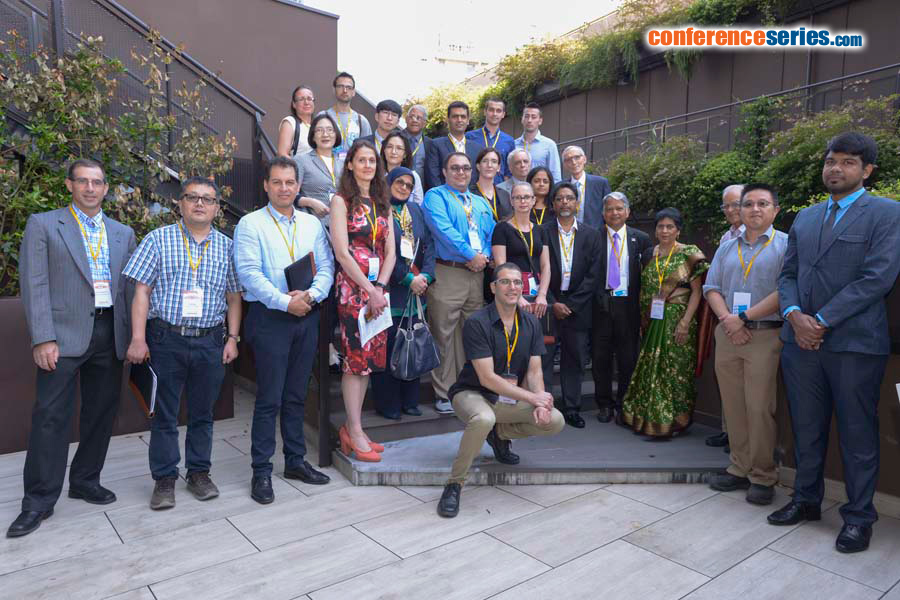
Ni Hong
Soochow University , China
Title: Molecular mechanism and intervention studies of regenerative mossy fiber sprouting in hippocampus following developmental seizures
Biography
Biography: Ni Hong
Abstract
Developmental seizure-induced brain damage can cause serious neurological sequelae. Denervation and regenerative mossy fiber (MF) sprouting in the hippocampal dentate gyrus and CA3 subfields are the main neuroanatomical bases. We used several developmental epilepsy animal models to study the mechanism of seizure-induced mossy fiber sprouting and intervention strategy. We found that recurrent prolonged developmental seizures induced by penicillin or inhalant flurothyl can cause long-term cognitive deficit and hippocampal regenerative sprouting in adulthood, which is in parallel with long-term significantly up- or down-regulated expression of zinc transporters (ZnT1,ZnT3,ZIP6), plasma membrane damage associated-lipid metabolism molecules (PRGs, Cyp46a1, cPLA2, ACAT1, nSMase, Kcnj11, Lepr, Drd2, Mc4r, Apoa1, Oprk1, Pdk4, ApoE) and autophagy markers (beclin-1, LC3, p62, cathepsin E) in the hippocampus. Moreover,there were significantly correlation among autophagic, Zn transporter signaling and lipid metabolism molecules. Ketogenic diet, plasma membrane oxidant injury protectant melatonin, lipid metabolism regulating molecule leptin, autophagy inhibitors (3-MA, CBI, E-64d), as well as early physical exercise were able to restore the abnormal expressions to normalize and alleviate the aberrant hippocampal MF sprouting, neurobehavioral and cognitive changes, which may be achieved through cPLA2/drp1/autophygy pathway, and by regulating the expression of Zinc/CaMK II signaling. Our study will be helpful for exploring the target genes of axonal regeneration following developing seizures from a new point of view and will contribute the efforts for making proper early intervention, as well.




